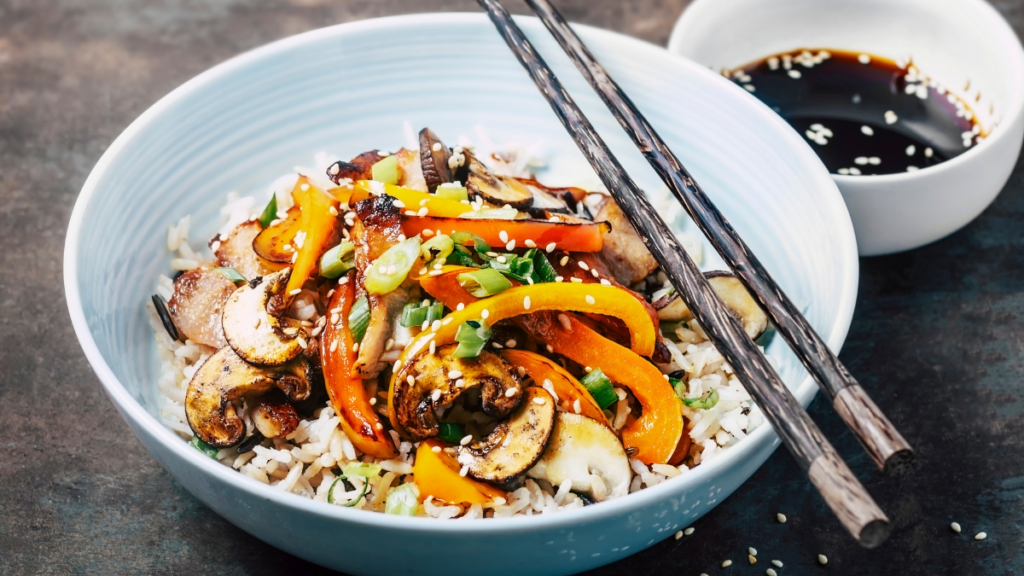Growing up, I was always fascinated by the stories of the long-living residents of Okinawa, Japan. Their remarkable lifespans and vibrant health well into their old age seemed almost mythical. It wasn’t until I delved deeper into their lifestyle that I discovered the Okinawa diet, a way of eating that has been credited for their exceptional longevity.
The Okinawa diet is not just about what you eat, but also how much you eat. The concept of “Hara Hachi Bu,” which means eating until you are 80% full, is a cornerstone of this diet. This practice helps prevent overeating and maintains a healthy weight, both of which are crucial for longevity. The diet itself is rich in plant-based foods, including a variety of vegetables, soy products, and whole grains. Fish and other lean proteins are also included, but in moderation.
One of the most striking aspects of the Okinawa diet is its emphasis on nutrient-dense, low-calorie foods. Sweet potatoes, for example, are a staple and provide a wealth of vitamins and minerals without adding too many calories. This focus on nutrition rather than calorie counting has been a game-changer for me. I’ve noticed a significant improvement in my energy levels and overall well-being since adopting this approach.
Incorporating the Okinawa diet into my daily life has been a journey of discovery and adaptation. I’ve learned to appreciate the simplicity and flavor of whole foods and have found creative ways to integrate them into my meals. The best part is that I don’t feel like I’m missing out on anything. Instead, I feel more connected to my food and more in tune with my body’s needs. This journey has not only improved my physical health but has also deepened my appreciation for the power of nutrition in promoting longevity.

